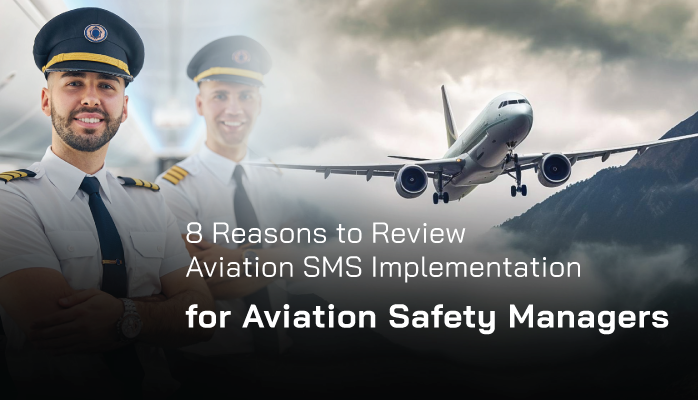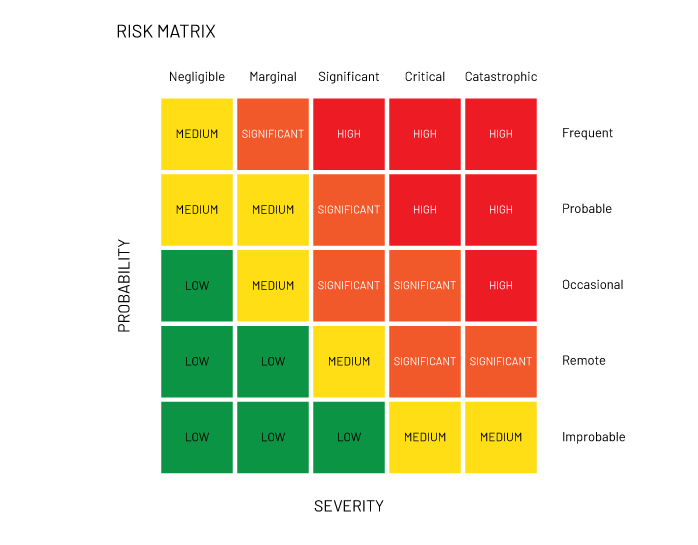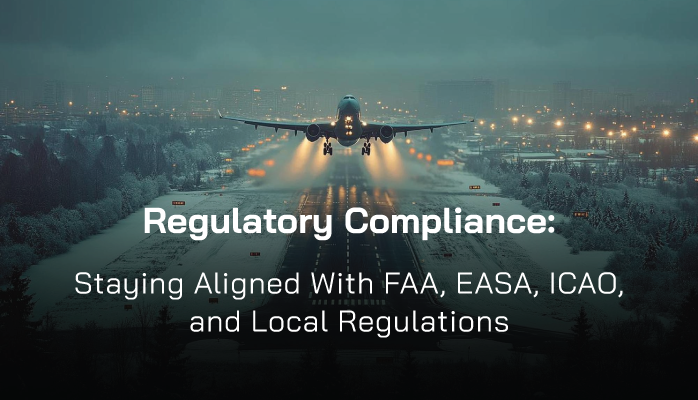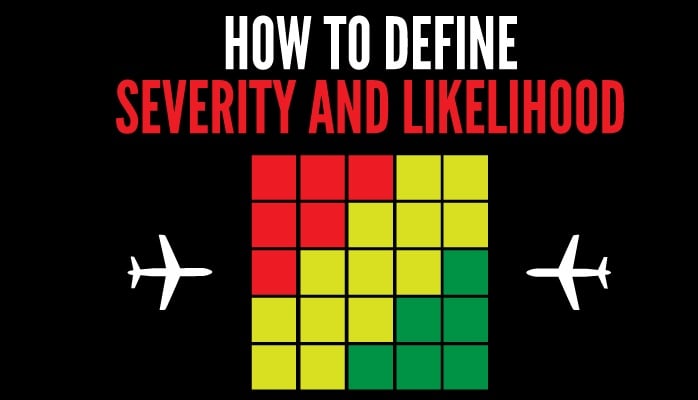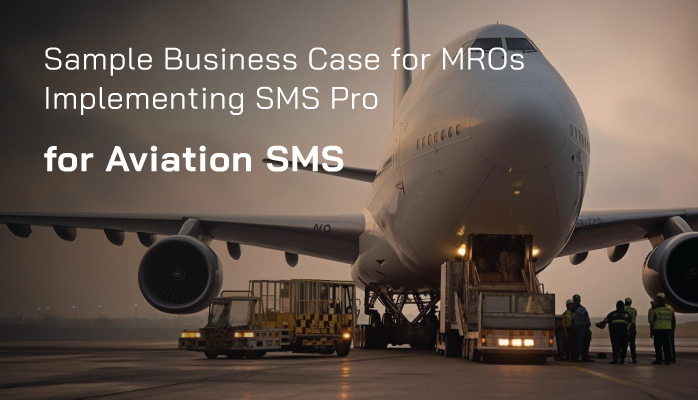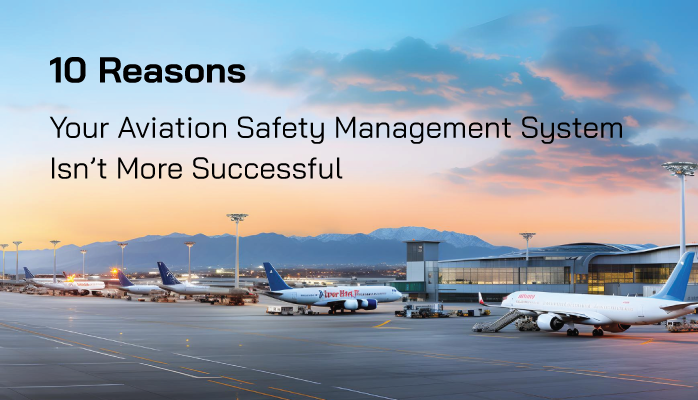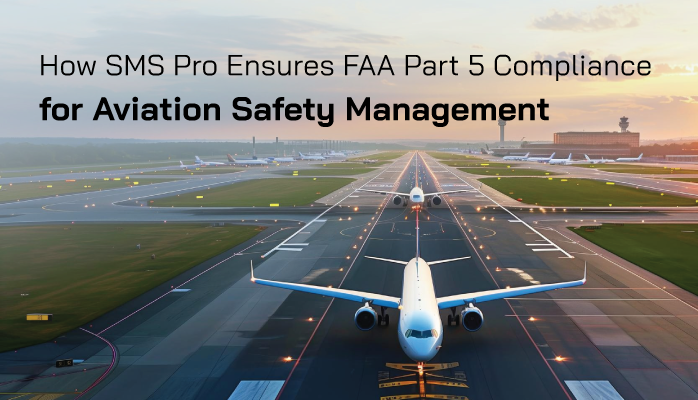Reasons to Review Aviation SMS Implementation
Aviation safety managers operate in a high-stakes environment where the margin for error is slim.
A robust Safety Management System (SMS) is the backbone for ensuring operational safety, regulatory compliance, and risk mitigation. However, an SMS is not a "set it and forget it" solution. Regular reviews and updates are critical to maintaining its effectiveness.
This article explores the key reasons why aviation safety managers should prioritize reviewing their SMS implementation, offering actionable insights to enhance safety and operational efficiency.
